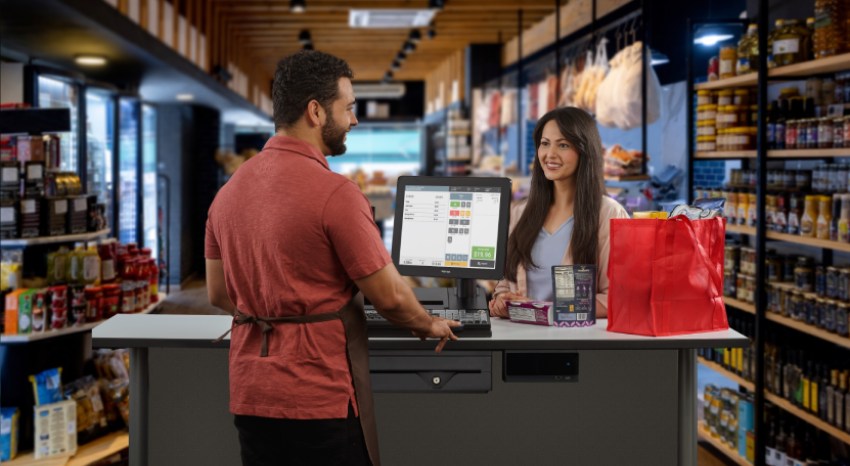

Retailers are constantly innovating to combat shrink while prioritizing the consumer experience. The core of this mission includes innovative technologies like A.I., computer vision, and product recognition, each playing a vital role in protecting inventory and enhancing the shopping experience.
A.I.-powered analytics has restructured the approach to loss prevention. Retailers can detect unusual patterns in transactional data which may signal theft or fraud, enabling prompt action and resolution. This proactive stance is complemented by investing in computer vision surveillance. With this technology, stores and customer behavior at checkout can be monitored in real-time, automatically flagging any unusual behavior or unintentional errors for immediate action.
A crucial aspect of this technology is empowering shoppers to correct errors themselves. When customers identify and resolve mistakes during self-checkout, retailers not only foster a sense of trust and control but also improve shrink recovery. By combining advanced security measures with customer-centric solutions, retailers create smoother, more satisfying shopping experiences and contribute to more effective loss prevention. Additionally, A.I.-driven personalization is a core customer engagement strategy. By analyzing customer data, unique recommendations and offers can be provided, enriching the shopping journey and increasing customer loyalty.
Retailers are implementing product recognition technology to accelerate checkout processes and reduce errors at self-service kiosks. This technology is becoming instrumental in maintaining accurate inventory and supply chain records. By minimizing errors, retailers have a more precise understanding of stock levels, preventing potential losses. Integrating these advanced technologies into well-assembled platforms enhances security and optimizes the overall shopping experience. data and intricate analytics, further enhancements in personalization are anticipated, cementing the era of hyper-personalized retail experiences.
Previous Page
This study was conducted in Fall 2023 as the fourth annual installment of a grocery ecommerce study that Ipsos has conducted since 2020. This study was designed to differentiate between three different fulfillment methods of obtaining grocery orders: In-Store Pick-up, Curbside Pickup and Delivery.
The approach was 2-pronged:
- Step 1: Ipsos conducted a 7-minute survey of 1,200 Americans to understand which elements of grocery pick-up and delivery are most important to consumers. The survey was conducted October 25, 2023. A Key Drivers Analysis was conducted to identify the top drivers of “Likelihood to Use Brand Again for grocery ecommerce” using Ipsos’ proprietary Ipsos Bayes Net (IBN) modelling technique.
- Step 2: Ipsos then deployed their panel of trained mystery shoppers to measure brand performance across a specific set of elements related to grocery pick-up and delivery. Roughly 33 mystery shops per method (In-store Pick-up, Curbside Pick-up, Home Delivery) were conducted for each qualifying retailer. Retailers were only shopped for methods they offered, so in some cases sample was redistributed appropriately across offered methods. Geographic representation was ensured across 4 regions (West, Midwest, Northeast, South). Mystery shops were fielded between October 23 – November 17, 2023. The relative importance of each service element ascertained from Step 1 was applied as a weighting factor to the Mystery Shopping results.
For a full copy of the results or to participate in Ipsos’ next ecommerce study (coming Fall 2024), contact Silvana Daehn at silvana.daehn@ipsos.com.
Back to Top
At Ipsos Channel Performance, we partner with our clients to understand their shoppers and how they shop. We measure the execution of brand promises. We drive compliance and sales conversion. We improve performance across all sales and service channels – physical, contact center, and digital – and help deliver profitable growth. Learn more.
Next Page
Contact: Silvana Daehn
Email: silvana.daehn@ipsos.com.






